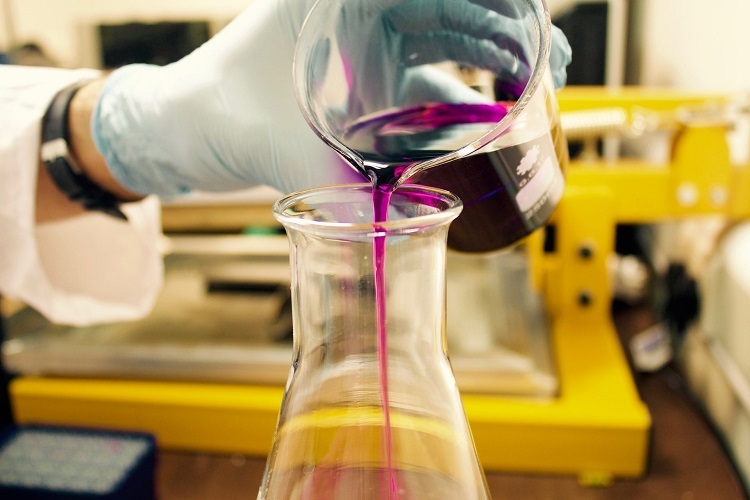The use of water by human households and functions introduces contaminants that damage environmental water quality to the detriment of wildlife and other ecological considerations. Treatment plants use certain chemicals in controlled quantities to enable the water cleaning process to make it compatible with the environment.
We’ll examine the types of chemicals used, the purpose of each, and how the plants are designed to protect the environment.
There are four fundamental types of chemicals used:
1. pH neutralizers.
2. Anti-foaming agents.
3. Coagulants.
4. Flocculants.
Transcend Water is in the business of designing WWTPs (Wastewater Treatment Plants) to use these chemicals to the environment’s benefit. As you’ll see, there are many choices to be made in selecting the correct chemicals for a given situation. Transcend uses their design generation process to make those selections accurately.
Table of Contents
pH (Level of Acidity) Neutralizers
Water discharged into lakes, streams, or other environmental waters should have minimal effect on the acidity of the receiving area. If a wastewater treatment plant effluent has neutral (pH 7) acidity, it is neither acidic nor basic (alkaline). This is an ideal condition, though to have the least effect, the pH level should match as nearly as possible that of the receiving water.
If the wastewater entering the wastewater treatment plant has a significant component of industrial waste, it may have heightened acidity or alkalinity. Wastewater from households is usually closer to neutral.
Anti-Foaming Agents
Foaming of feedwater is caused by the formation of bubbles that rise to the surface. These bubbles entrained in the water are problematic for wastewater treatment plant processes. Many mechanical functions such as pumps (cavitation), sieves and filters blockages) and even tanks and other vessels (deposits and corrosion) are negatively affected.
Anti-foaming agents are low-viscosity chemicals that break down the bubbles and surface foam.
Wastewater treatment plants use various anti-foaming agents, such as insoluble oils, silicones, alcohols, etc., depending on the compatibility with other chemicals and processes.
A process-related function of pH adjustment (usually to a more basic, or alkaline, level) is to assist in precipitating out dissolved contaminants such as heavy metals. After removing the offending material, the pH is re-adjusted to a level compatible with further processing or outflow.
Making the correct choice of these agents for a particular wastewater treatment plant is an important design and operational consideration.
Coagulants and Flocculants
These two types of wastewater treatment process chemicals work together to facilitate the removal of suspended solids.
Coagulants are ionically charged low molecular weight chemicals designed to neutralize the charge on suspended particles, so they stop repelling each other and can
Sodium hydroxide (NaOH) is a commonly used pH-raising (acidity-reducing) agent. Various types of acids can lower pH (increase acidity) when necessary.
aggregate. Organic polymers or inorganic substances such as iron or aluminum salts can be chosen as coagulants, depending on the solids to be removed.
High molecular weight flocculants then help the charge-neutralized particles bind together, forming flocs that can more easily settle out, float to the surface or be filtered out.
Choosing the Right Chemicals – and the Right Doses
Making the right choices of chemicals and dosages is the business of wastewater treatment process experts. When the balance is correct, the chemicals do the jobs we’ve described, and no more. After their work is finished, they are either spent or can be easily recovered along with the contaminants they assisted in neutralizing, flocculating, etc.
Proper selection of chemicals and amounts produces effluent compatible with the environment where it’s discharged and the habitats supported by that environment.
The effective design of a WWTP takes all this chemistry into account as well as the necessary civil, mechanical, structural, and automation considerations. Engineers using traditional manual calculations can take weeks or months to turn out a single process design.
Transcend Water’s Transcend Design Generator automates wastewater treatment plant design and can deliver a complete preliminary design with several process options in about 8 hours. It’s like having an Excel spreadsheet instead of performing complex financial calculations manually.
To learn more about Transcend Water’s solutions to your wastewater treatment needs and how their designs benefit the environment, visit their website and contact their wastewater treatment experts.




